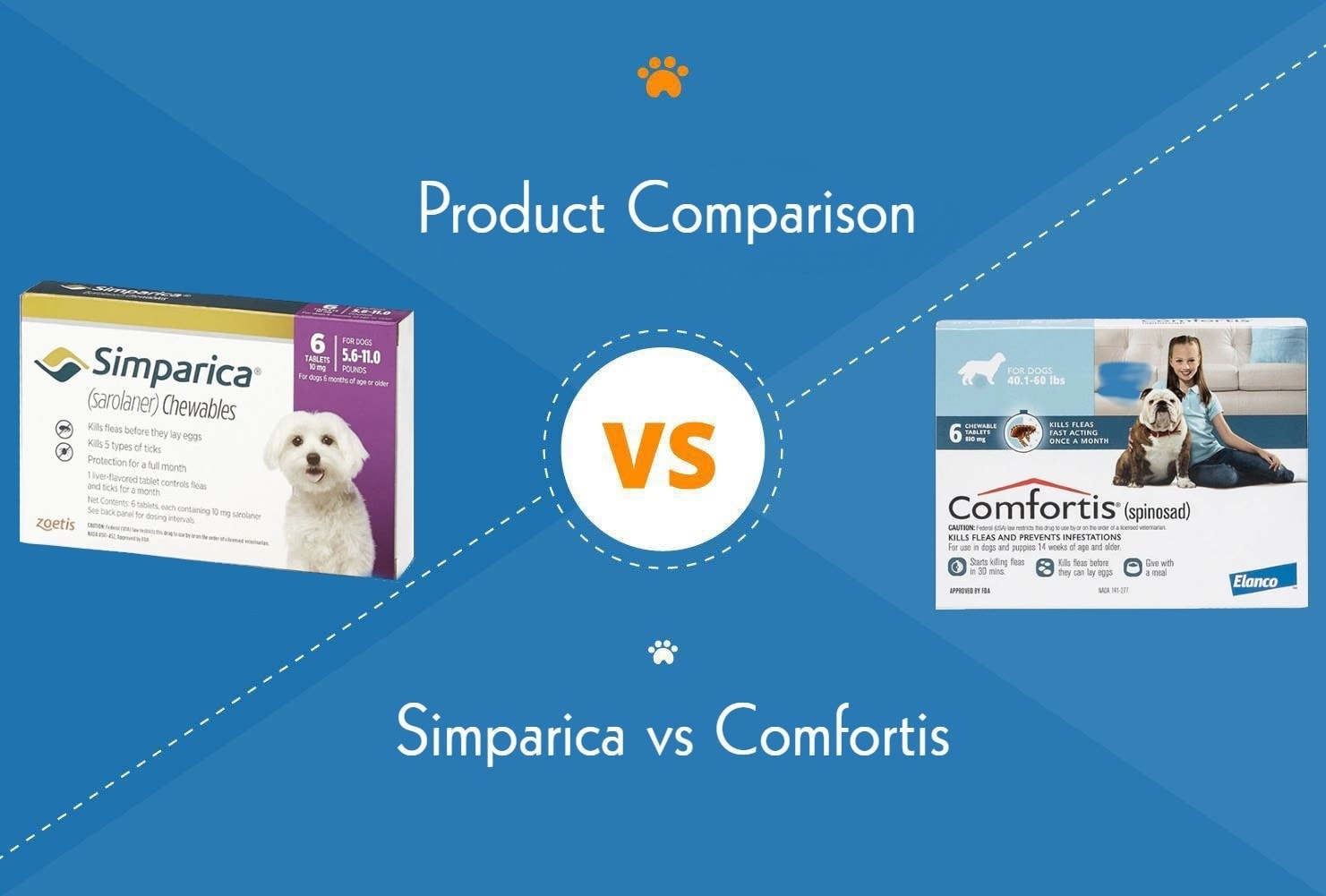Uveitis in Dogs: Signs, Causes & Treatments (Vet Answer)

Updated on
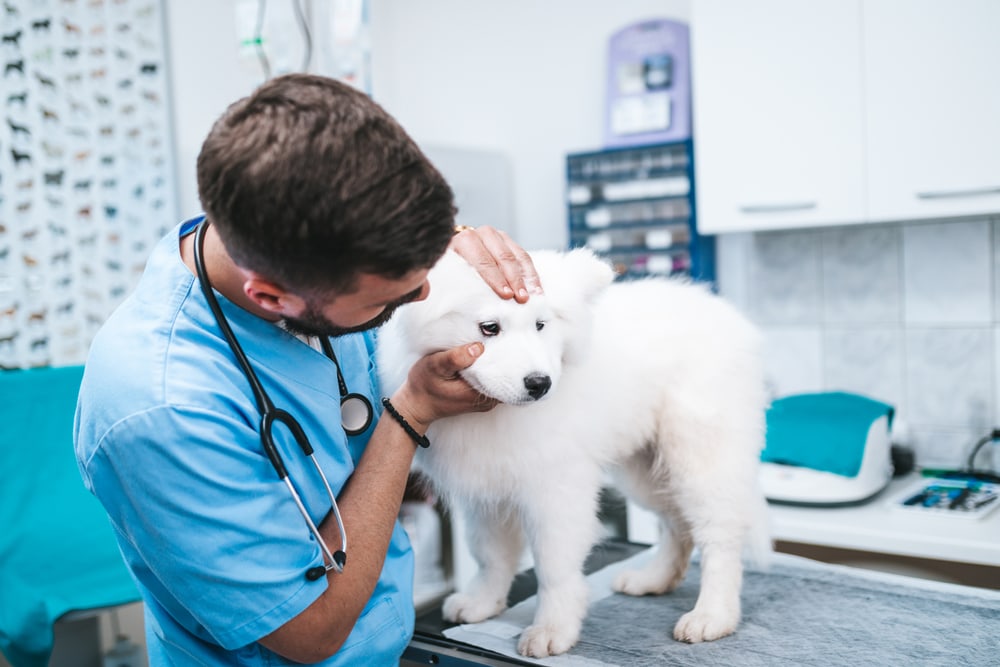
Uveitis is a condition affecting the eyes of dogs. It involves the inflammation of the middle part of your dog’s eye. Uveitis means inflammation of the uvea. The uvea is made up of the iris, the ciliary body, and the choroid.
It can be caused by problems in the eye itself, and also as a result of issues elsewhere in the body. Diagnosis is made by examination of the eye and assessment of your dog’s overall health status.
What Is Uveitis in Dogs?
Your dog’s eye has three distinct layers. There is an outer layer which consists of the cornea and the sclera. The sclera is the white part of the eye, and the cornea is the clear bit. The inner layer of the eye which consists of the retina, and the middle layer of the eye which consists of the uveal tract. This is dense in blood vessels. This middle layer contains the iris which is the colored part of the eye and controls the size of the pupil, the ciliary body which produces fluid inside the eye, and the choroid which provides nutrients to the back of the eye.
Together, the iris and the ciliary body form the anterior uveal tract. The ciliary body helps to maintain the pressure of the eye by producing aqueous humour (a water-like fluid). The ciliary body is also where important muscles and ligaments are situated. These structures support the lens and allow the dog to focus the lens on objects in the dog’s view.
Uveitis occurs when any one of the structures in this middle section becomes inflamed and it can be a complicated condition. If the inflammation only involves the iris and the ciliary body, this is called anterior uveitis. If only the choroid is affected, this is posterior uveitis. If all three components become inflamed at once, this is a serious condition called panuveitis.
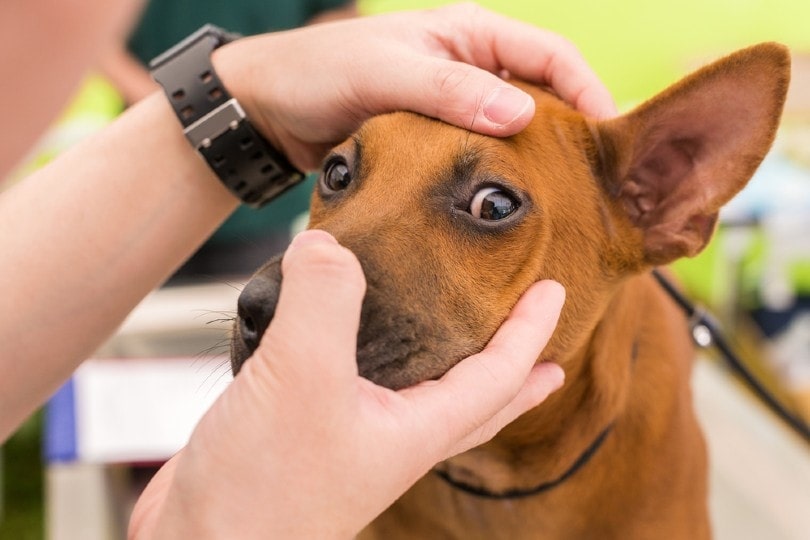
What Are the Signs of Uveitis in Dogs?
Signs of uveitis can vary depending on which parts of the eye are involved. Signs seen may be confused with other eye problems as lots of the clinical signs are the same for different conditions
- Severe pain
- Increased blinking
- Redness of the sclera
- Redness of the conjunctiva
- Holding the eyes shut
- Squinting/blepharospasm
- Avoidance of bright lights (photophobia)
- Clouding over of affected eyes
- Bloodshot eyes
- Watery eyes
- Small, constricted pupils
- Protruding iris
- Blindness (in chronic cases that have not been treated)
- Conjunctivitis
- Engorged vessels of the sclera
What Are the Causes of Uveitis in Dogs?
There are many different causes of uveitis. Due to the complex nature of the disease and the fact it can be caused by local or systemic factors, it can be challenging to identify the underlying cause.
- Traumatic injury to the eye (for example penetrating stick injuries or blunt head trauma)
- Diabetic cataracts
- Corneal ulcers
- Eye tumors
- Viral infections (distemper virus, rabies)
- Bacterial infections (leptospirosis, Lyme disease)
- Parasite Infection (ehrlichiosis, toxoplasmosis)
- Fungal Infections (coccidioidomycosis, histoplasmosis, cryptococcosis, blastomycosis)
- Hypertension (high blood pressure)
- Immune-mediated disorders
- Toxins
How Is Uveitis Diagnosed in Dogs?
Your vet will perform a physical exam on your dog. Some causes of uveitis can be related to systemic disease, so it is important that they examine your dog from nose to tail. They will pay particular attention to your dog’s eyes. They will look at your dog’s eyes with an instrument called an ophthalmoscope, they will also use a slit lamp and tonometer.
A tonometer is a very useful device that measures the intraocular pressure inside your dog’s eyes. In cases of uveitis, a lot of the clinical signs are very similar to another common eye disease called glaucoma. A useful way to tell these two disorders apart is that with glaucoma, intraocular pressure is high, whereas, with uveitis, intraocular pressure is low. Tonometry can be performed with a conscious dog, and it is a simple and painless procedure. In some cases, your vet will also use an ultrasound scanner to examine the structures in your dog’s eye.
Your vet may also carry out routine blood tests and urinalysis to help them get a better picture of how well your dog’s body is functioning. Depending on the initial clinical signs, they may decide to perform X-rays or ultrasound scans on your dog too. If your vet is suspicious of infectious causes, they may take samples or specific blood tests to screen for diseases.
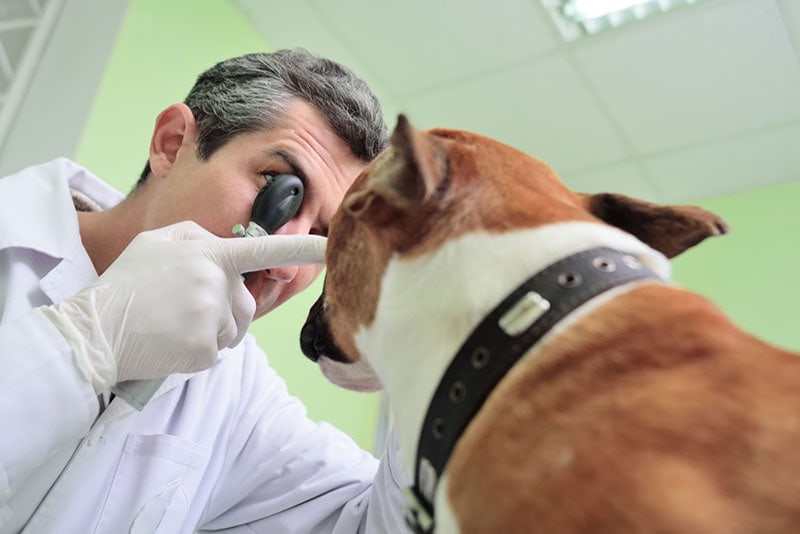
How Do I Care for a Dog with Uveitis?
Prompt diagnosis and treatment are required for cases of uveitis otherwise there may be lasting irreversible damage caused by the inflammation. If left to progress, it can even cause blindness.
Treatment involves first identifying the underlying cause of the uveitis. This may be a local issue within the eye or a systemic problem that is having an effect on the environment in the eye. Your vet will need to examine your dog frequently to assess the response to treatment and ensure your dog’s eye is improving.
Once the underlying cause has been diagnosed, treatment can be prescribed. The aim of treatment is usually to reduce the inflammation and provide pain relief as it is a very uncomfortable condition. Your vet will also want to prevent any secondary conditions from developing which can have serious consequences for your dog’s sight.
Often for uveitis, alongside the necessary medication for systemic issues, corticosteroids are used to combat the inflammation. These can be administered as oral tablets, an injection, or topical treatment such as eye drops. Antibiotics are used if there has been a bacterial infection identified. Atropine can be used topically in the eye to reduce pain as it causes relaxation of the iris.
If a traumatic injury has caused uveitis, your vet may need to surgically repair the injury, for example, if there is a tear in the cornea. If there is a foreign body present this may require surgical removal under general anesthesia.
Other secondary complications experienced by your dog may include luxation of the lens, retinal detachment, glaucoma, and the development of adhesions or unwanted attachments between the cornea and the iris. Your vet will do their best to prevent these from occurring.
If treatment is given quickly, improvement is usually seen within a few days. If severe clouding of the eye has occurred, or if there has been a hemorrhage, then recovery will be a longer and more complicated process. It is more likely that your dog will experience complications after recurrent cases or more severe inflammatory changes.
Frequently Asked Questions
What is the prognosis for uveitis in dogs?
Uveitis is a very serious eye problem that can result in blindness. It can be caused by various things. The prognosis largely depends on the cause of the inflammation. Usually with prompt diagnosis and treatment, the prognosis is fairly good.
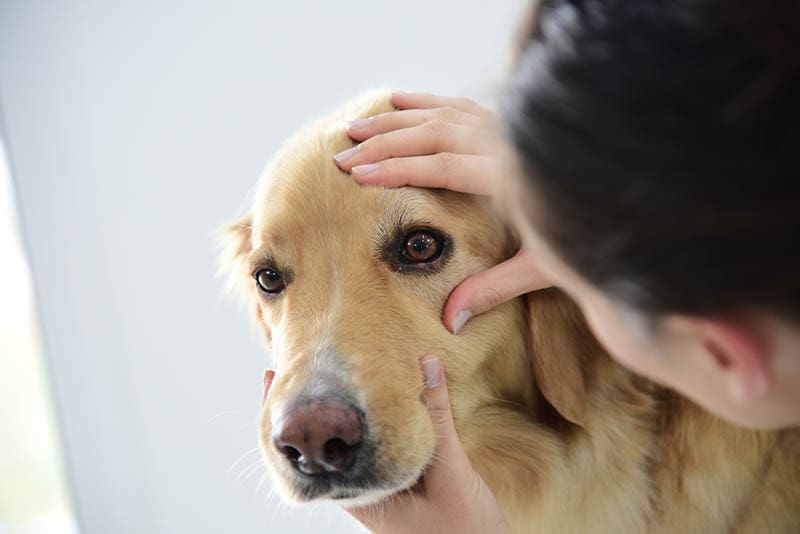
Is uveitis a painful condition for dogs?
Uveitis is an extremely painful condition. Clinical signs displayed by dogs are usually directly related to the eye pain they are experiencing. Signs may include blinking, redness, squinting, holding the eye shut, and rubbing at the eye. Treatment is focused on reducing the inflammation and providing pain relief.
Is uveitis contagious to other dogs?
Uveitis itself, which is inflammation of the uvea, is not directly contagious. However, some of the diseases that cause uveitis in dogs can be highly contagious. This includes infections such as distemper virus, leptospirosis, blastomycosis, brucella, and tick-borne diseases such as Lyme disease and ehrlichiosis.
Conclusion
Uveitis is an unpleasant painful condition that commonly affects dogs. Prompt diagnosis and treatment are very important for a good prognosis. Usually, a good response is seen within a couple of days, however, this does depend on the underlying cause and any other ongoing health issues.
Featured Image Credit: hedgehog94, Shutterstock




